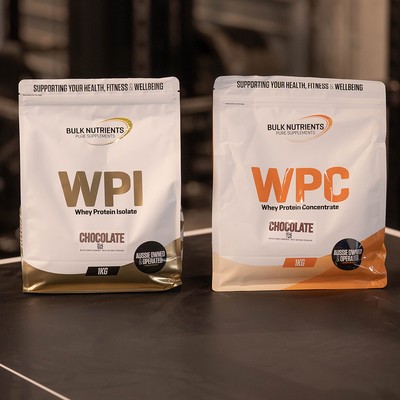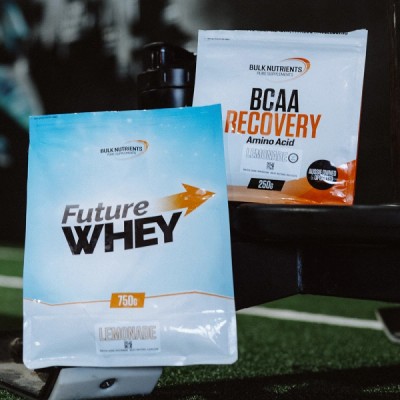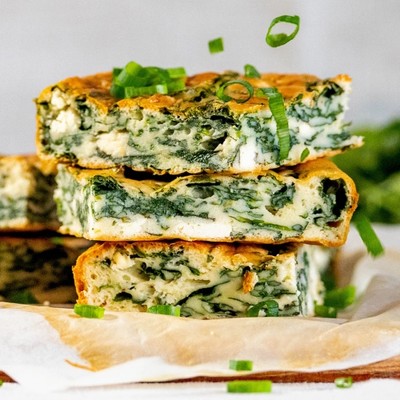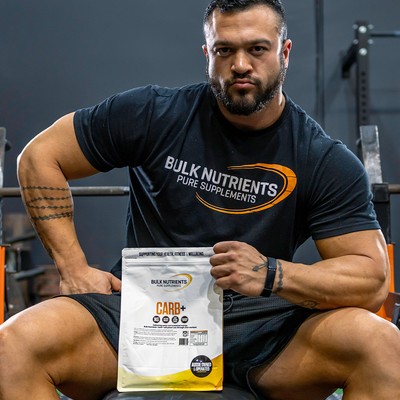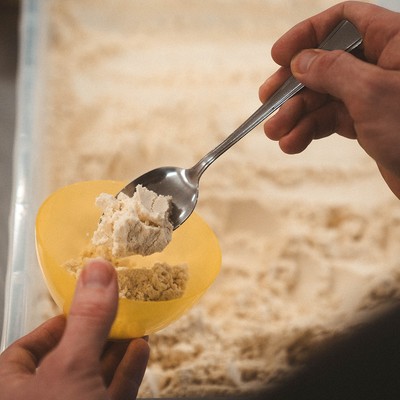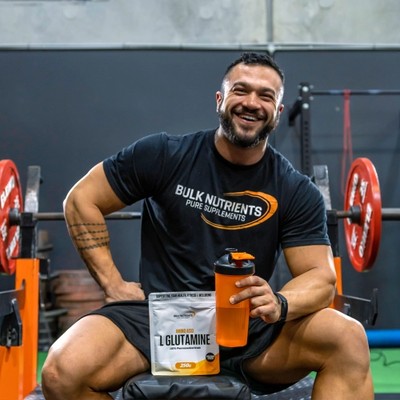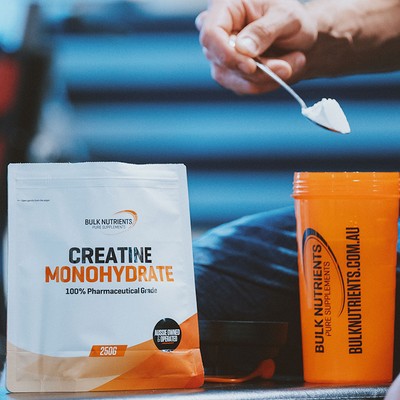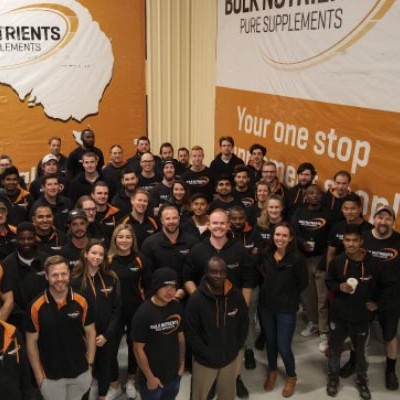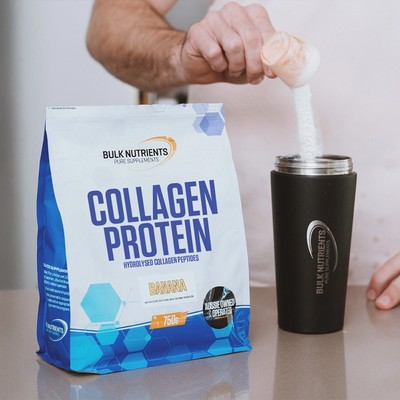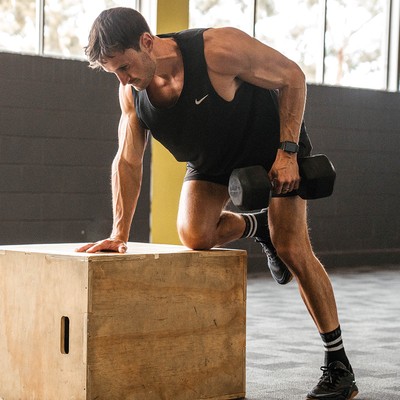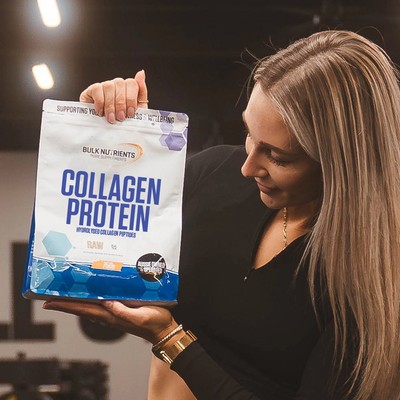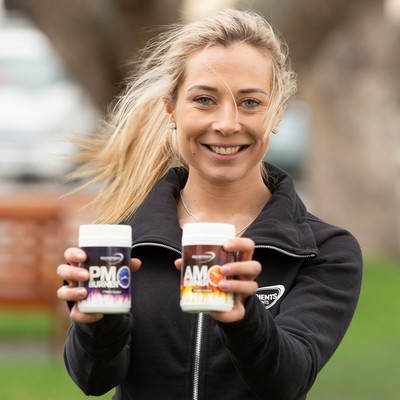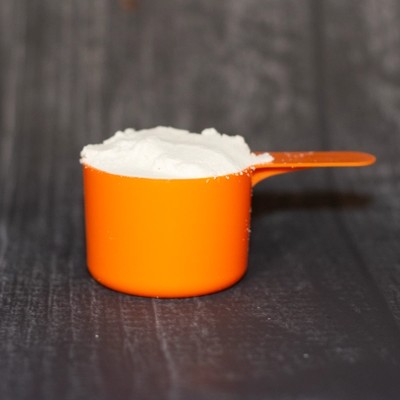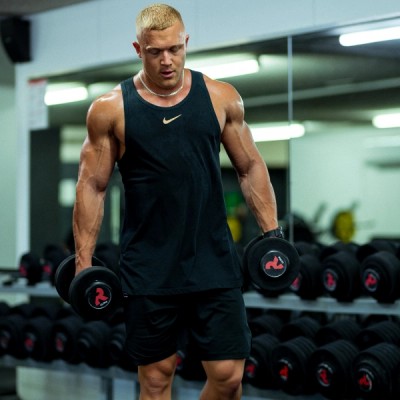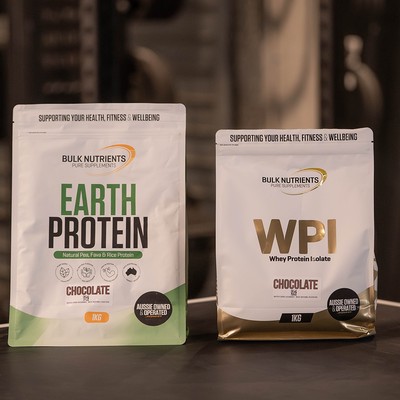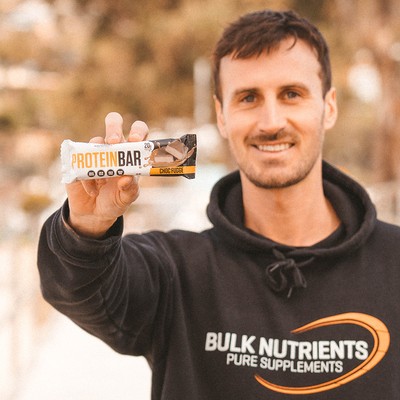What's stretch-mediated hypertrophy and how's it help grow muscle?

Stretch-mediated hypertrophy for muscle growth
Stretch-mediated hypertrophy is triggered when sarcomeres are stretched beyond a certain point.
A sarcomere is the basic contractile unit of muscle fiber.
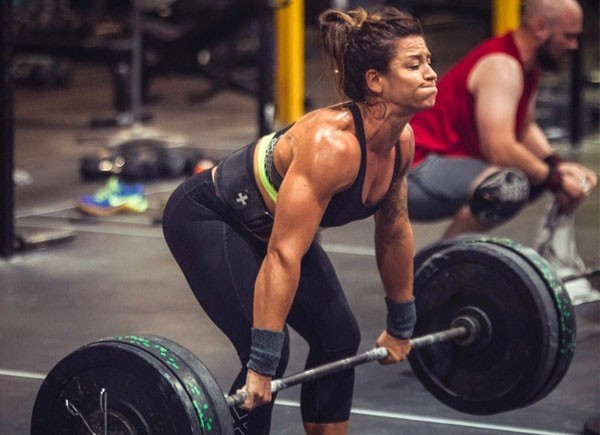
And stretch-mediated hypertrophy is achieved basically when muscles are trained at a longer length.
For example, holding the stretch at the bottom of a dumbbell fly as opposed to holding the contraction at the top of the fly movement with our chests contracted.
Recent research found isometric exercises (static contraction) that force our muscles to work at longer muscle lengths translate to nearly three times as much muscle growth.
Put simply, a muscle worked at a deep stretch allows for better muscle growth results.
However, before you go out and try any exercise that gives you a muscle stretch, keep in mind that just because your muscles are stretched, it doesn't always mean your sarcomeres are.
I'll provide some exercise examples of what we're looking for later in this article, so you can take advantage of stretch-mediated hypertrophy!
What exercises for stretch-mediated hypertrophy?
Isometric studies aside, this study in 2021 discovered when subjects did just the bottom half of a preacher curl, it elicited about three times as much muscle growth as just the top half movement.
It's all about that stretch!
Another study into hamstring training found that the more the hamstrings were stretched, the more they were activated, and the more strength is gained.
Another piece of research into hamstring training confirmed the same thing; more of a stretch meant more muscle gains.
The study compared lying hamstring curls versus seated hamstring curls, and found seated hamstring curls were better due to a deeper stretch when we bend at the hips (ie, when we are seated).
And here's a common problem in the fitness game: the average gym-goer confuses range of motion (ROM) for thinking it's, for example, bench pressing with the bar down to your chest and back up.
But that doesn't work your chest completely at all.
Range of motion isn't defined by exercise, but rather by joint.
Back to our aforementioned hamstring study; you can perform what you think to be a "full range of motion" by doing a lying hamstring curl.
But really, a "full range of motion" lift with your hamstrings would be on the seated hamstring curl, whereby your hamstrings are actually activated in a full range of motion; defined by joint and not exercise.
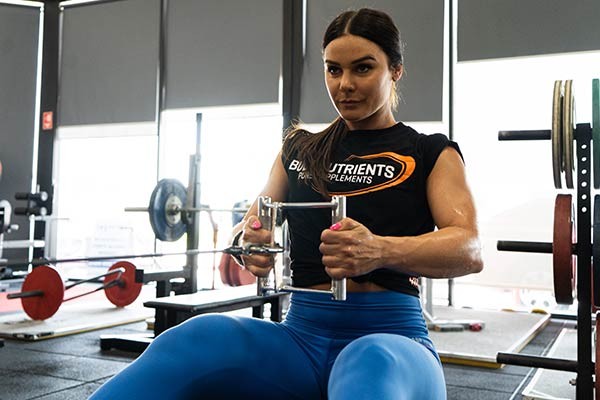
So, when you hear people talking about range of motion, what they're really getting at (whether they know it or not) is muscle length.
We've spoken about the three principles of muscle growth here frequently:
1. Mechanical Tension
2. Metabolic Stress
3. Muscle Damage
The first one here, mechanical tension, is the amount of weight a muscle is lifting and thus the force it is generating. And the amount of tension a muscle can produce is variable across its length.
Scientists call this the length-tension relationship.
And the reason we favor exercises (like the seated hamstring curl) is that the length you can train a muscle determines how much tension you can put it under.
You simply put your hamstrings under more tension during a seated hamstring curl because it works at a greater length.
When you perform a bench press movement, your pecs shorten during the contraction. This is what scientists call excursion; the distance a muscle can shorten.
So "range of motion" as it's generally defined isn't what's going to help your muscle growth; it's actually muscle excursion that will deliver the gains you want!
Best muscle excursion and stretch-mediated hypertrophy exercises for growth
So, now we have some context around what we should be aiming for, here are some exercises that will allow for better muscle growth under the principles we've just outlined:
Chest: Push-ups with your hands elevated (on handles or weight plates), dumbbell or cable flyes, holding the stretch at the bottom of the movement.
Hamstrings: Seated leg curls.
Biceps: Curls or preacher curls (with a real focus on the bottom part of the movement)
Triceps: Skull-overs (the normal skull crushers just don't cut the mustard!)
Back: Chin-ups, allowing for a stretched position at the bottom of the movement. Lat prayers as detailed in this Bulk Nutrients blog: The best exercises for lats and muscle growth.
Quads: Leg extensions (Focusing on the bottom of the movement, aka the initial movement)
Glutes: Squats or hip extension exercises (hip thrusts don't allow for a great level of stretch-mediated hypertrophy!).
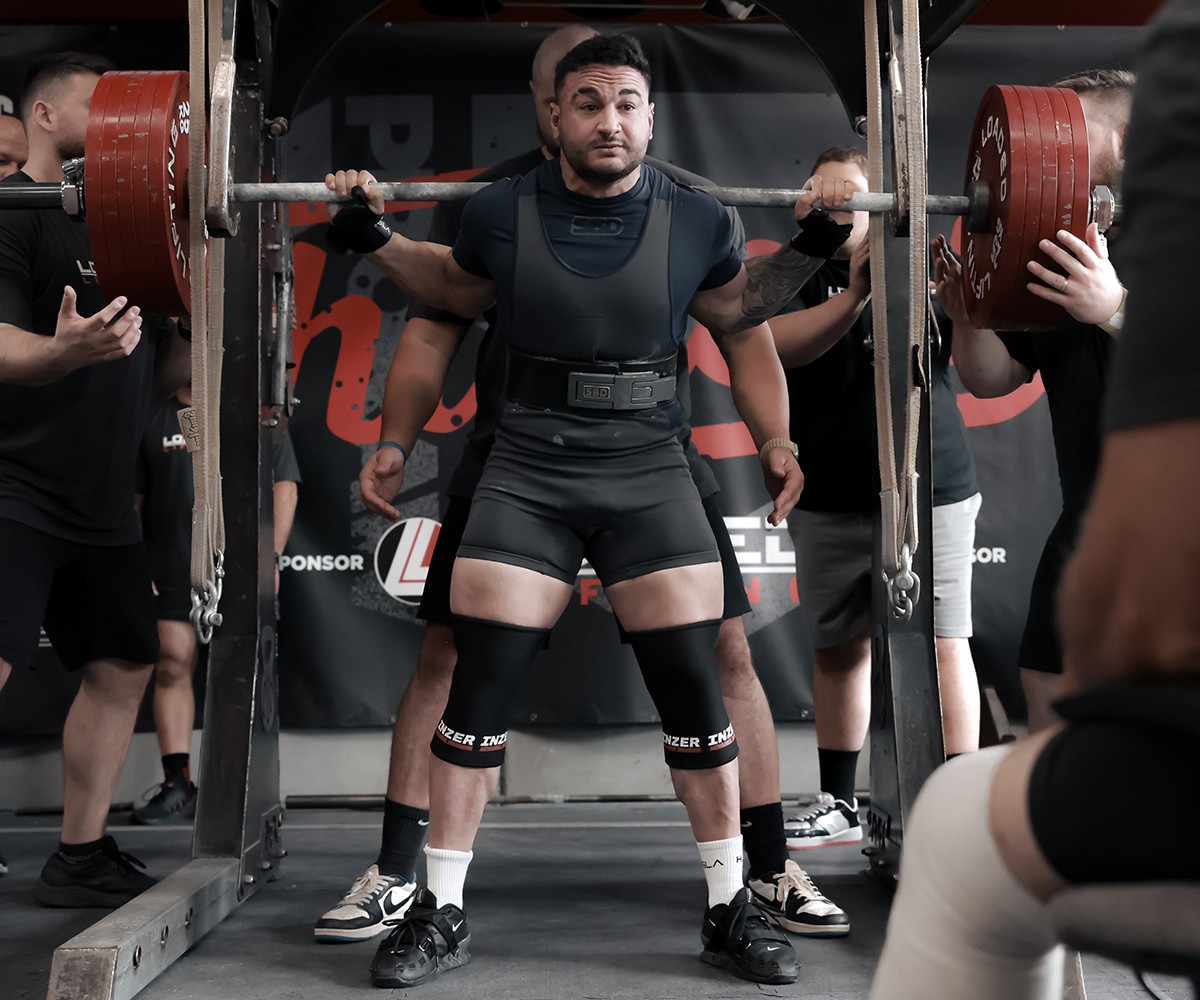
Shoulders: Try working your side deltoids by performing your lateral raises on a bench, leaning on the side, for a bigger stretch.
The bottom line is that range of motion is misunderstood in the general fitness community. Stretch-mediated hypertrophy is what most people are getting at when discussing muscle growth from a full range of motion. Optimal mechanical tension, one of the three principles of muscle growth, is achieved best when muscles are trained at a longer length. The distance a muscle can shorten during a movement is called its excursion; the bigger the better!
A great example of a good muscle excursion is seated hamstring curls or cable flys with a solid stretch at the bottom of the movement. We should prioritise high excursion exercises for stretch-mediated hypertrophy for maximal muscle growth.

Dayne Hudson
Like many, Dayne was once desperate to lose weight and get into shape. But everyone he asked, everything he read, lead to the same place... nowhere.
His journey started there - researching science journals and completing a Sports Nutrition Specialist qualification so he could make weight loss easier.
References:
- Maeo S, Huang M, Wu Y, Sakurai H, Kusagawa Y, Sugiyama T, Kanehisa H, Isaka T. Greater Hamstrings Muscle Hypertrophy but Similar Damage Protection after Training at Long versus Short Muscle Lengths. Med Sci Sports Exerc. 2021 Apr 1;53(4):825-837. doi: 10.1249/MSS.0000000000002523. PMID: 33009197; PMCID: PMC7969179.
- Nunes JP, Jacinto JL, Ribeiro AS, Mayhew JL, Nakamura M, Capel DMG, Santos LR, Santos L, Cyrino ES, Aguiar AF. Placing Greater Torque at Shorter or Longer Muscle Lengths? Effects of Cable vs. Barbell Preacher Curl Training on Muscular Strength and Hypertrophy in Young Adults. Int J Environ Res Public Health. 2020 Aug 13;17(16):5859. doi: 10.3390/ijerph17165859. PMID: 32823490; PMCID: PMC7460162.
- Oranchuk DJ, Storey AG, Nelson AR, Cronin JB. Isometric training and long-term adaptations: Effects of muscle length, intensity, and intent: A systematic review. Scand J Med Sci Sports. 2019 Apr;29(4):484-503. doi: 10.1111/sms.13375. Epub 2019 Jan 13. PMID: 30580468.
- Pedrosa GF, Lima FV, Schoenfeld BJ, Lacerda LT, Simões MG, Pereira MR, Diniz RCR, Chagas MH. Partial range of motion training elicits favorable improvements in muscular adaptations when carried out at long muscle lengths. Eur J Sport Sci. 2021 May 23:1-11. doi: 10.1080/17461391.2021.1927199. Epub ahead of print. PMID: 33977835.
- Sato S, Yoshida R, Kiyono R, Yahata K, Yasaka K, Nunes JP, Nosaka K, Nakamura M. Elbow Joint Angles in Elbow Flexor Unilateral Resistance Exercise Training Determine Its Effects on Muscle Strength and Thickness of Trained and Non-trained Arms. Front Physiol. 2021 Sep 16;12:734509. doi: 10.3389/fphys.2021.734509. PMID: 34616309; PMCID: PMC8489980.
- Schoenfeld BJ, Grgic J. Effects of range of motion on muscle development during resistance training interventions: A systematic review. SAGE Open Med. 2020;8:2050312120901559. Published 2020 Jan 21. doi:10.1177/2050312120901559
- Schoenfeld BJ. The mechanisms of muscle hypertrophy and their application to resistance training. J Strength Cond Res. 2010 Oct;24(10):2857-72. doi: 10.1519/JSC.0b013e3181e840f3. PMID: 20847704.
- Squire JM. Architecture and function in the muscle sarcomere. Curr Opin Struct Biol. 1997 Apr;7(2):247-57. doi: 10.1016/s0959-440x(97)80033-4. PMID: 9094325.
- Winters TM, Takahashi M, Lieber RL, Ward SR. Whole muscle length-tension relationships are accurately modeled as scaled sarcomeres in rabbit hindlimb muscles. J Biomech. 2011 Jan 4;44(1):109-15. doi: 10.1016/j.jbiomech.2010.08.033. PMID: 20889156; PMCID: PMC3003754.
- Yanagisawa O, Fukutani A. Muscle Recruitment Pattern of the Hamstring Muscles in Hip Extension and Knee Flexion Exercises. J Hum Kinet. 2020 Mar 31;72:51-59. doi: 10.2478/hukin-2019-0124. PMID: 32269647; PMCID: PMC7126262.
Related Blogs
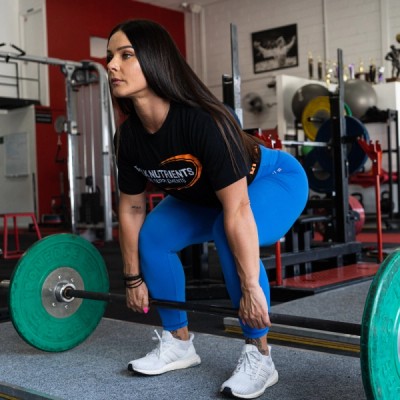
Hypertrophy Training: A Review
Posted by Ben Crowley
Estimated reading time: 10 minutes
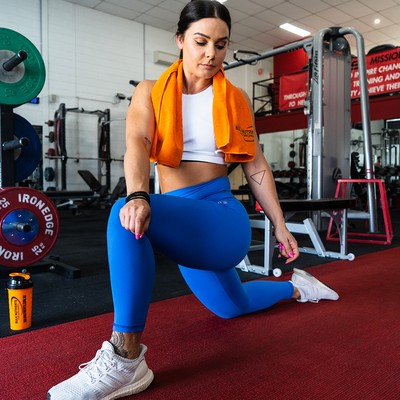
Does Stretching in Between Sets Help Us Grow More Muscle?
Posted by Dayne Hudson
Estimated reading time: 5 minutes

5 Key Points to Remember for Growing Muscle
Posted by Dayne Hudson
Estimated reading time: 7 minutes



